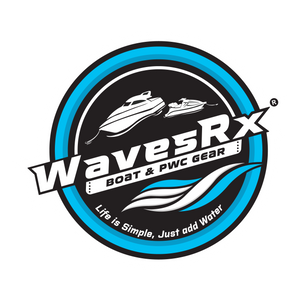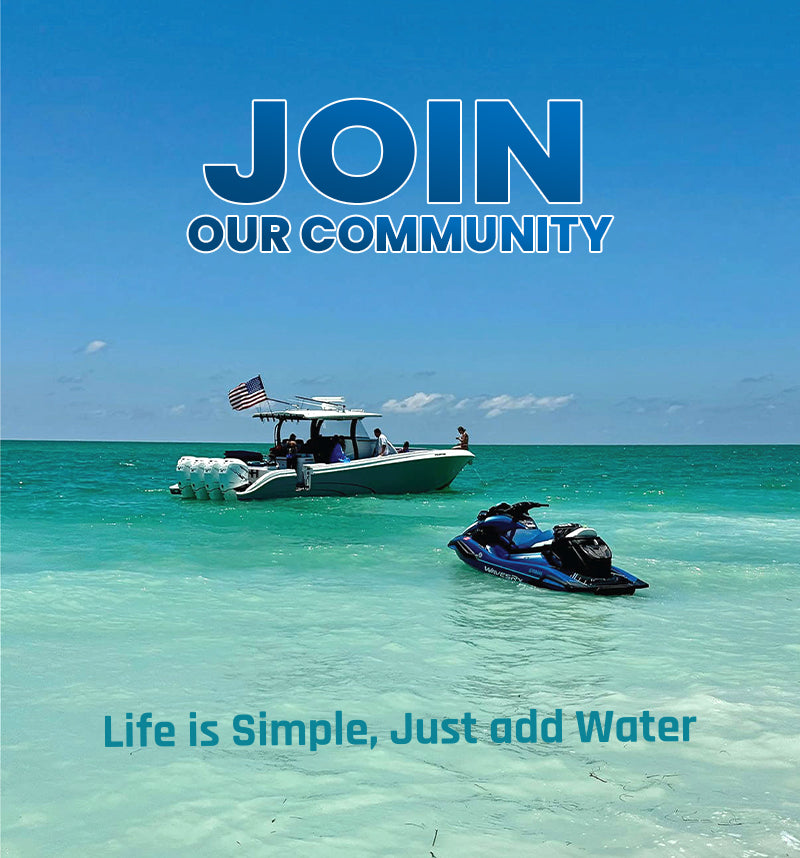316 vs 304 Stainless Steel: Which is Better for Marine Accessories?
When it comes to selecting the best materials for marine accessories, not all stainless steel is created equal. Particularly, the debate between 316 and 304 stainless steel types is a common topic among boat owners and maritime enthusiasts. These two grades of stainless steel dominate due to their resilience and ability to withstand harsh marine environments, but they serve different purposes and have distinct properties. The decision between 316 and 304 stainless steel impacts not only the longevity and performance of your marine accessories but also their maintenance needs and overall cost-effectiveness. In this article, we'll explore the chemical compositions, benefits, and practical applications of 316 versus 304 stainless steel, helping you make an informed decision for your marine needs.
Understanding the Basics: What is Stainless Steel?
Stainless steel is an iron-based alloy known for its robustness and anti-corrosive properties, making it ideal for a wide range of applications, including marine environments. However, not all stainless steels are alike. The two most commonly used types in marine applications are Grade 316 and Grade 304. These grades differ primarily in their components and corrosion resistance, crucial factors in their performance in marine settings.
Chemical Composition and Corrosion Resistance
1. Grade 304 Stainless Steel
Grade 304 stainless steel contains 18% chromium and 8% nickel. This combination is what is generally referred to as 18/8 stainless steel. It is the most common form of stainless steel used around the world, largely due to its excellent corrosion resistance and value. However, the composition of 304 stainless steel limits its ability to resist corrosion in environments exposed to saline or chloride-exposed environments like the coastal and marine atmospheres.
2. Grade 316 Stainless Steel
On the other hand, Grade 316 stainless steel is similar to 304 with one important distinction—it includes about 2% molybdenum. This addition increases corrosion resistance, notably against chlorides and other industrial solvents. This makes 316 stainless steel the preferable choice in marine environments, areas with more exposure to saline solutions, or where de-icing salts are common.
Differences in Durability and Suitability
1. Durability in Marine Environments
When it comes to durability, 316 stainless steel outshines 304 in marine applications. The added molybdenum in 316 offers superior resistance to pitting and corrosion by saltwater environments, which can severely impact the longevity and integrity of 304 stainless steel. On the other hand, 304 can suffice for applications where exposure to harsher conditions is less frequent or less intense.
2. Suitability for Specific Applications
For marine accessories, where the metal might be constantly exposed to saltwater, 316 is the recommended grade. This includes items such as anchors, deck hardware, and railing systems on boats. 304, while still resistant to water corrosion to some degree, is better suited for indoor environments where there's less chance of constant exposure to corrosive elements.
Cost Considerations and Overall Value
While 316 stainless steel offers enhanced durability and resistance to marine environments, this comes at a higher cost compared to 304. The price difference is due to the composition and processing required to add molybdenum. Boat owners and marine accessory buyers must weigh the initial higher cost of 316 against the potential longer lifespan and reduced maintenance needs. In many cases, the investment in 316 can be justified by the longer functional life and decreased likelihood of replacement or failure.
1. Cost-Effective Decision Making
Opting for 316 stainless steel for marine applications can be a cost-effective decision in the long term, especially in saltwater environments. Although the upfront cost is higher, the extended lifespan, reduced maintenance, and lower likelihood of early failure provide significant savings over time. For less critical applications or those away from harsh marine influences, 304 stainless steel remains a viable and budget-friendly option.
Performance Testing and Real-World Application
1. Lab Tests and Research
Studies and tests often simulate the rigorous conditions these metals would face in a maritime environment. Laboratory salt spray tests (ASTM B117) are generally conducted to observe the resistance levels of various metals to corrosion over time. Typically, 316 stainless steel shows significantly less corrosion than 304, reinforcing its suitability for marine use.
2. Field Reports and User Experiences
Feedback from marine industry professionals and seasoned boaters often highlights the performance differences between these two stainless steel types. Many report that fixtures and fittings made from 316 stainless steel exhibit less corrosion and maintain their integrity and appearance for longer periods, even in high-saline environments like near oceans or saltwater lakes.
As users increasingly opt for 316 stainless steel, manufacturers and suppliers are adapting their offerings to meet this demand, ensuring that users have access to high-grade materials that will stand up to the elements and provide safety and reliability in marine operations.
Understanding the nuances between 316 and 304 stainless steel grades allows marine enthusiasts and professionals to make informed decisions about the equipment they choose. This knowledge ensures the safety, functionality, and longevity of their marine accessories, ultimately enhancing their maritime endeavors and experiences.
Surface Rust on Stainless Steel
Surface rust on stainless steel, including grades 316 and 304, refers to the thin layer of iron oxide that can form on the surface when the metal is exposed to oxygen and moisture. Despite their corrosion-resistant properties, both 316 and 304 stainless steels can develop surface rust if they come into contact with contaminants like salt, chloride, or other corrosive substances. To remove surface rust, a mild abrasive cleaner or a specialized stainless steel cleaner can be used along with a non-abrasive scrub pad or cloth. It's essential to follow up with a thorough rinse and dry to ensure no residue is left behind, which could lead to further corrosion.
When it comes to the steel’s maintenance, regular cleaning with warm water and a gentle detergent, followed by rinsing and drying, is recommended. Additionally, applying a protective coating or using passivation solutions can enhance the corrosion resistance of stainless steel gear. On top of that, routine inspection and prompt cleaning of any signs of rust can help maintain the material's integrity and appearance over time.
Optimize Your Marine Experience with the Right Materials
Choosing the right type of stainless steel for your marine accessories is crucial for ensuring durability, safety, and cost-effectiveness. While Grade 316 stainless steel offers superior corrosion resistance, ideal for harsh marine environments, Grade 304 can be suitable for less demanding settings. At WavesRx, we understand the importance of using high-quality materials to extend the lifespan and performance of your marine equipment.
Explore our range of premium marine and jetski accessories crafted from the finest 316 stainless steel, perfect for withstanding the rigors of the sea. Ensure your boat, jet ski, or PWC is equipped with products designed to endure. Find the best solutions that meet your maritime needs; browse our collection today. Protect your investment with proven, superior materials—because when it comes to marine accessories, not all stainless steel is created equal.



